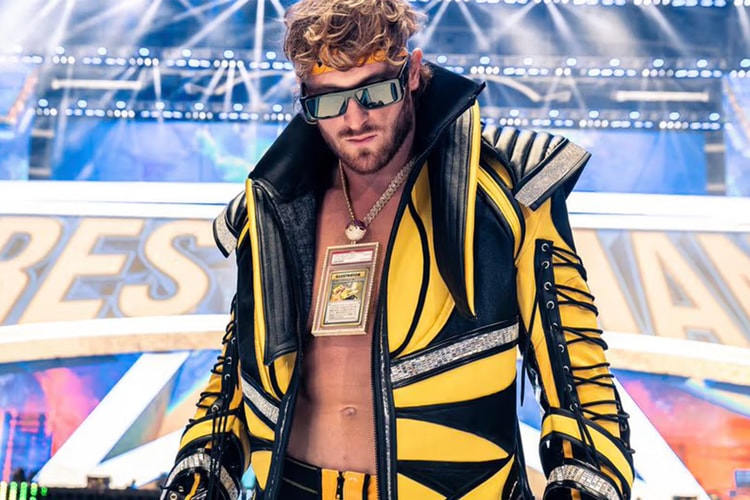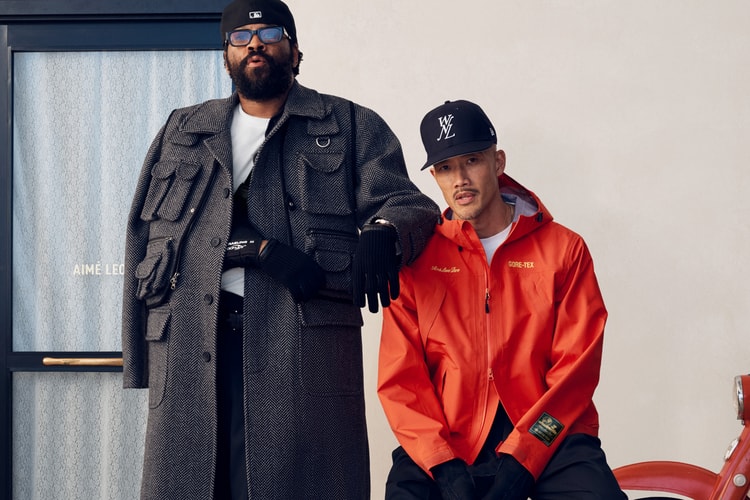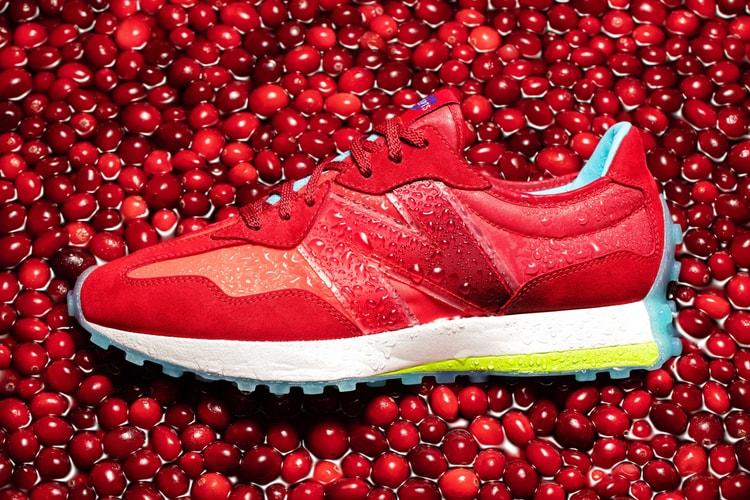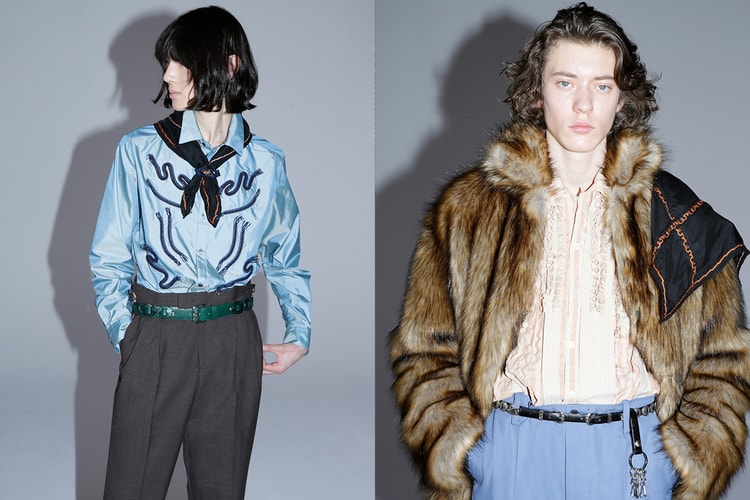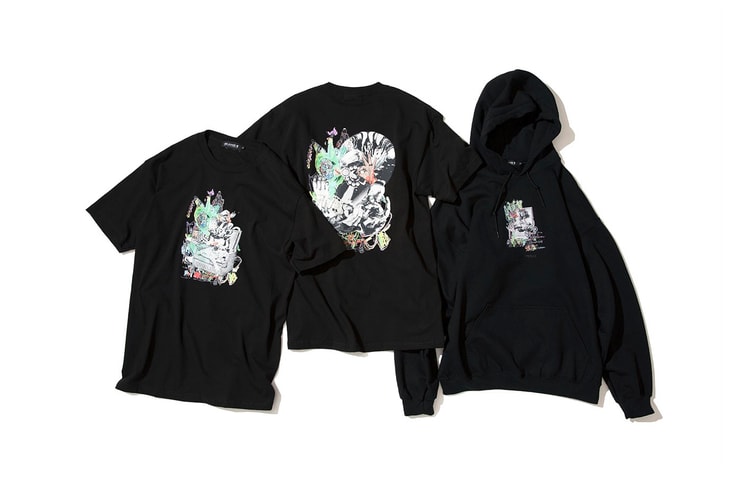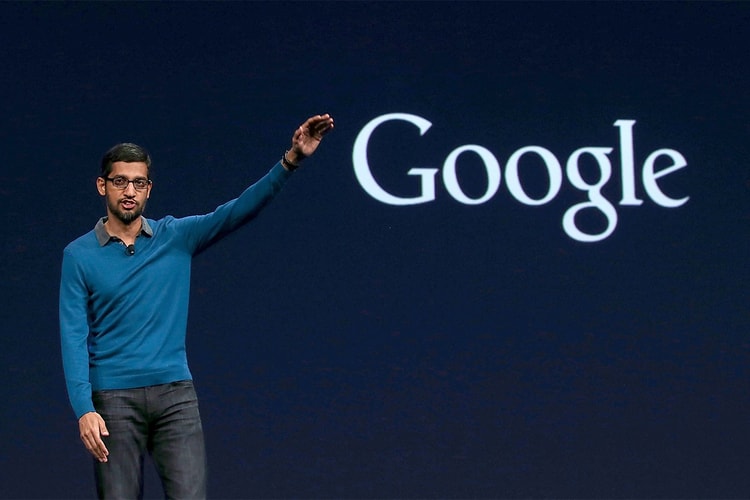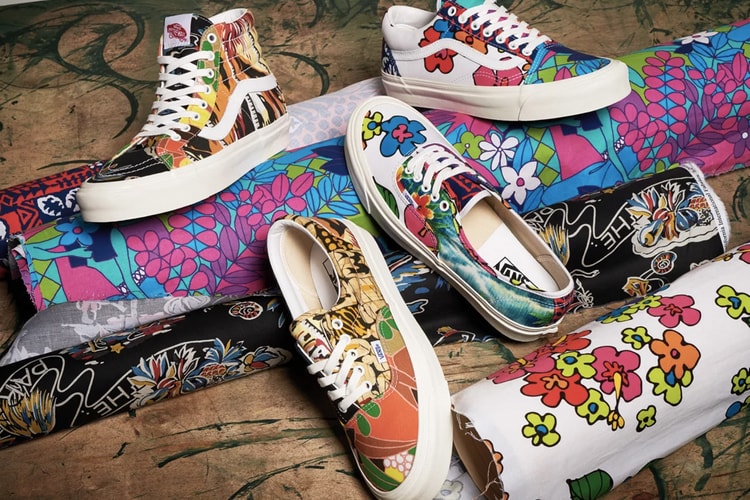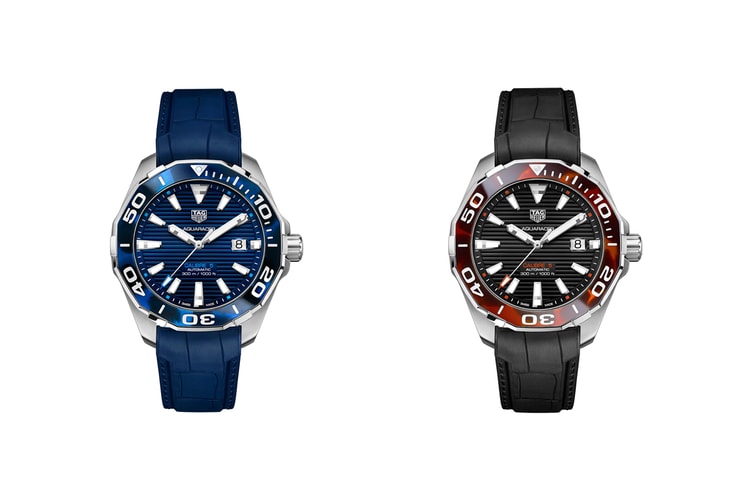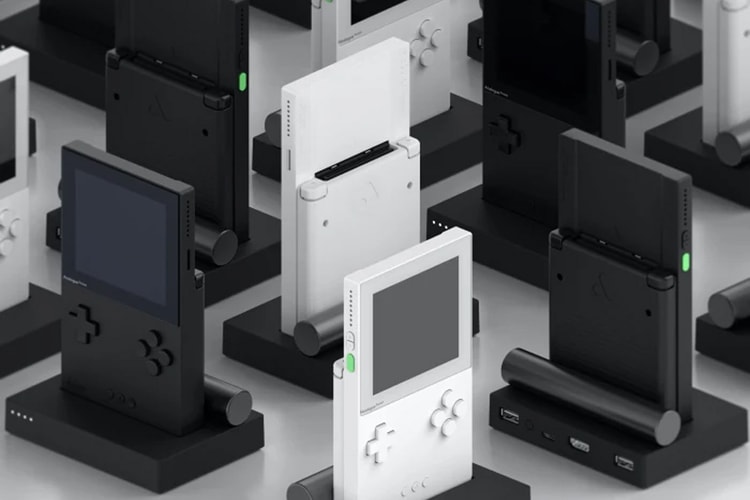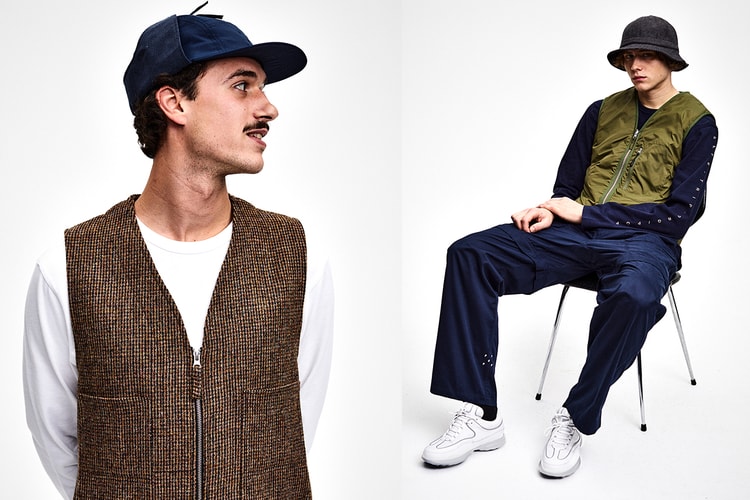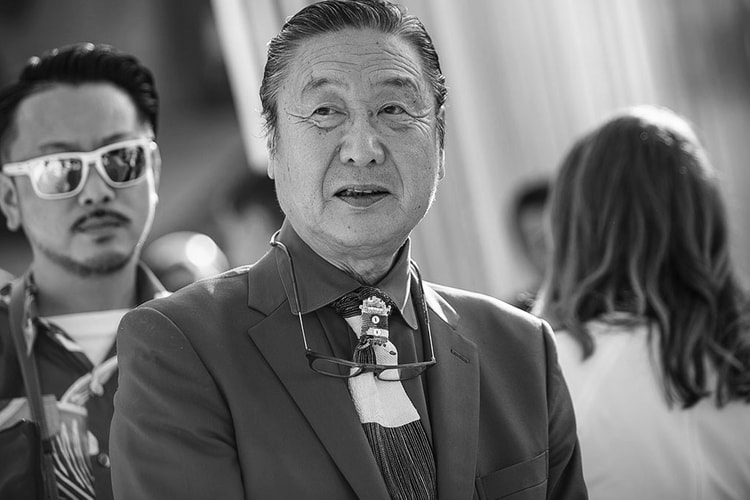The NHL Wants to Become the World’s “Most Inclusive Sport”
Kim Davis, VP of social impact, explains how it plans to do just that.
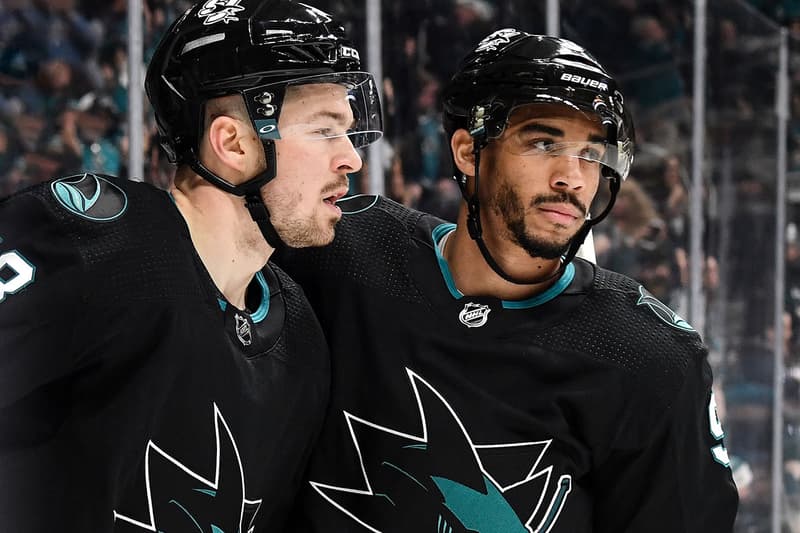
As the world awakens to the necessity of adapting to social justice movements, major industries are grappling with the challenges that come with sudden ideological realignment. Like other professions, sports leagues have been mired in controversy and attempted quick responses, but have yet to fully match with players and fans seeking solutions for core issues, like racism and pay disparity. Frequently, a lack of transparency and accountability separates executives from the change-seekers, hindering communication before reparations can be implemented. Enter Kim Davis.
The NHL (National Hockey League), like the NBA and NFL, is developing a nuanced response to the multi-faceted issue of social justice. Davis, the NHL’s executive vice-president of social impact, growth initiatives and legislative affairs, laid out the league’s playbook in a publicized op-ed and subsequent webinars, aiming to provide clear-cut goals for everyone involved in North American hockey.
Davis’ piece takes its name from NHL’s long-standing Hockey Is For Everyone youth program, seeking to inform the NHL with this initiative’s inclusive vision. Her op-ed poises itself to be the foundation upon which the NHL will construct its sweeping structural change, underscoring the weight of her far-reaching plan.
HYPEBEAST spoke to Davis by phone to provide specific details and further explore the prospects she laid out in the op-ed.

Kim DavisMichael Benabib/Nhli/Getty Images
What’s the background of Hockey Is For Everyone?
Hockey Is For Everyone began in 1998 as a series of nonprofit programs both in Canada and the United States that focused on exposing underserved young people to the sport of hockey, not necessarily as a way for them to become the next pro hockey player, but to use hockey as a way to teach life skills and to make them stronger and better citizens.
We’ve never really looked at the impact that those programs have actually had and how they exposed kids, particularly kids of color, to the sport. So a couple of months ago, we did a comprehensive evaluation of the Hockey Is For Everyone program. And in that evaluation, we held focus groups and surveyed almost 1,200 individuals. A couple of really important things came out of that.
The first finding was that hockey, no question, changes people’s lives when they have exposure to it. We also realized that there’s an opportunity to grow girls’ hockey much more aggressively and the potential for ball and street hockey to combat issues of infrastructure and costs. And there was a notion in the feedback that, notwithstanding the work that had been done by the league and other parts of ecosystem, discrimination — particularly racism — is still widespread.
Can you explain the impetus for writing your op-ed?
I’ve been thinking about writing that op-ed for the past six months but it never felt like the right moment. But with everything that’s been happening — both with the health pandemic and the racial pandemic — the opportunity was right.
We’ve been criticized about this idea that “hockey is for everyone”; a number of articles have been written asking, “Given some of the challenges that we still have in the sport, how can we say that it’s for everyone?” One important element of the op-ed was to say that hockey for everyone is aspirational; by no means are we taking a victory lap and suggesting that we have licked the problem. We’re saying that it’s where we aspire to be and all the steps that we are putting in place will hopefully get us there.
It was also written to be transparent about the areas that we know we need to improve on. Transparency is critical as a way forward, talking about the things that need to happen and how those things need to happen.
I also wanted to say that we are interested in creating partnerships and alliances that are going to help us get there. We can’t solve these issues alone and we need trusted partners, we need sponsors.
Can you explain the diversity and inclusion councils that were mentioned in the op-ed? What will they do?
At the very top of the organization, the Executive Inclusion Council is going to be made up of owners, presidents, general managers and professional players who are going to be listeners and learners for the hockey community at all levels, from youth to former to current players to those that are part of fandom and even those that are outside of our sport to really explore the ways in which we need to grow the game. That group is going to be accountable ultimately to our Board of Governors, which are the owners bubbling up the ideas and recommendations that come from the various committees.
There will be metrics put in place to achieve goals outlined by the Executive inclusion Council, and several other committees will give input into the process.
“Hockey changes people’s lives when they have exposure to it.
How will the Hockey Culture Hotline function?
The Hockey Culture Hotline will provide NHL and American Hockey League players and other employees throughout the sport access to a confidential, anonymous hotline. There, they can report any form of discrimination, racism, homophobia that they have experienced.
The Hotline is being maintained by third parties, not the NHL. We’ll be doing comprehensive training at all levels to get people comfortable with it.
How will the NHL be encouraging players to use the Hotline and speak up against injustice?
We put the Hotline in place as a way to root out any issues, but we also want to create an environment and culture where we don’t need the Hotline to be the only place where people express concerns. There are a number of ways in which that’s already happening. As we are readying ourselves for resumption of play, we are delivering social justice messages. We will be highlighting issues surrounding COVID-19, Black Lives Matter and social justice.
The players will have the flexibility to wear whatever kind of warm-up jerseys they want, in case they want to use their gear to showcase support for Black Lives Matter, for instance. We’re also providing them with warm up gear that says “We skate for equality.” We’re also going to have stickers on their helmets related equality. These are some of the very, very specific initiatives that we are putting in place to encourage the player to use their voices.
Will you be working with third party groups on developing the NHL’s diversity initiatives?
One of the things that we are doing now is we’re taking an inventory both at league and club level to understand the organizations that we are currently working with and how much money we’re giving to those organizations. Looking at some of the conversations I’ve had with many of our clubs, this is not an issue of us not putting effective dollars into our communities; this is about how effectively are these dollars being used and how are we measuring effectiveness.
It gets back to my point about innovation and culture change versus programs and initiatives. In any industry, for culture change to work, to be sustainable and long lasting, it really has to be about how do you change the culture. You can have all the programs and initiatives in the world, but if the culture doesn’t change, then you are going to find yourself giving out money with no impact.
We’re trying to be smarter about this, given the experience that I and so many others have had in other industries where we’ve been through this, and we’ve seen that the outcomes are not as effective as they could be. We’re trying to understand causation on these issues and not just throw programs at the problem.
“By no means are we taking a victory lap.”
I want to briefly refer to Akim Aliu, whose “Hockey Is Not For Everyone” was mentioned in your op-ed. Does the NHL have any plans to work with the Hockey Diversity Alliance that he’s co-heading?
We do. In the short time that they’ve been organized, their voices have already been heard. We’ve had a number of very successful meetings with them, including a meeting with myself and Commissioner Bettman this week, where they took us through their formal presentation and proposal for the NHL and HDA working together.
We see them as a critically important partner in our attack on racism in the sport. I think they’re going to be a force that will help create some accountability around many of the things we’re talking about. That’s good for everyone.

Aliu mid-game in 2013Bill Smith/Nhli/Getty Images
One of the points Aliu makes in the piece that I found really moving was the perspective of a young Black athlete looking for role models but seeing only white coaches and white players. Could you outline the initiatives that the NHL is undertaking to hire and give more authority to people of color?
We’re looking at establishing specific targets within our businesses and partner organizations for hiring both hockey and non-hockey-related personnel. Whether or not that is doable in the 2021 season is yet to be seen, however. We weren’t even sure whether the season was going to start with COVID-19, which we are going to have to continue to monitor. But that’s not stopping us from planning those initiatives.
For example, this past June we worked with the [NHL Coaches' Association] to put together a development summit for coaches. We identified 15 coaches of color in the hockey ecosystem that would be possible candidates for coaching roles in the future — these coaches also participated in this summit. As a result, they are now part of the coaching associations’ pipeline of talent, and they’ll be provided with mentoring externships with the ability to apprentice with different clubs.
“[Accountability] is good for everyone.”
Shifting gears, how exactly is the NHL expanding its focus on ball and street hockey?
We’re thinking about ball and street hockey as if they’re on-ramps [to ice hockey]. In many urban areas where there may not be any ice at all, for example, the initial exposure to the sport of hockey could be pick-up ball hockey, the same way that you see pick-up basketball.
Right now, we’re trying some new innovations where we have constructed these nets that can be placed on an existing basketball court so you can actually set up ball and street hockey within a neighborhood. We’re currently testing that in Boston, Pittsburgh and Canada. We’re looking at a couple things: If you leave the equipment there, will the players take the equipment home? Will it stay there? What if you leave the equipment with a Boys and Girls Club or other hub in the neighborhood — will kids check the equipment out?
We’ve also been in conversations with a number of ice rink owners who are interested in figuring out how they might be able to better subsidize programs in their community and bring more kids of color into those programs. We launched a program in Detroit called Learn, Play, Score in partnership with the Detroit Red Wings where we placed two sheets of ice in underserved neighborhoods and provided funds through the Red Wings to bring kids onto the ice. We also looked at getting kids connected to frontline workers, police and others to provide transportation to the ice as part of building relationships in the community.
Tying into that, you briefly mentioned the NHL will reform its approach to club and youth offerings in your op-ed. Can you expound on this?
This goes back to my idea about innovation and culture change versus programs and initiatives. It also relates to a very aggressive and robust program we created four years ago: our Industry Growth Fund. This is a fund created by both the League and the Players Association to grow the sport of hockey. What we’ve been doing lately is really interrogating that data and looking at what areas that we’ve been spending money in that we need to innovate around because we haven’t seen the kind of output that we expected to see.
Let me give you a specific example. One of the most diverse programs in our Hockey Is For Everyone system is a program in New Jersey called Hockey in New Jersey. Over the past five or six years that program has grown exponentially, with over 1,000 kids going through that program and, the Jersey Devils spending over six million dollars. Yet the retention numbers weren’t any better than programs that have less diverse participants.
What we found was that the kids go through this program and then move into either a recreational or travel program. These programs are subsidized heavily, and in some cases it’s even free for kids to participate. So they get exposure, they get free equipment, they get free ice time. As they become more proficient in the game and develop into higher level play, the cost can reach anywhere from $2,300 USD to $5,000 USD. That’s when kids start dropping out.
So here’s something we’re considering: what if we had fewer kids go through the program, we took some of that leftover capital and then we padded the next phase of their play? That way, families can afford for the kids to play more advanced levels of hockey.
That’s really what we’re looking at in terms of our reform efforts. How are we spending our dollars today? How effectively are they being spent? How can we grow by interrogating these things that we’ve never really thought about before?











